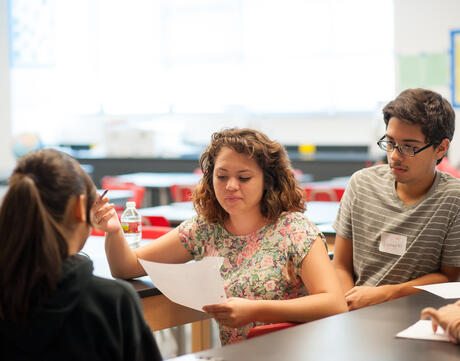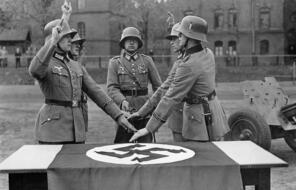
Adding to Evidence Logs, 4 of 4
At a Glance
Language
English — USSubject
- History
Grade
10Duration
One 50-min class period- Genocide
- The Holocaust
- Human & Civil Rights
Overview
About this Assessment
Students are now ready to reflect on, gather evidence for, and discuss the unit writing prompt in its entirety:
Over the course of this unit, you have examined the atrocities committed by the Ottoman government during the Armenian Genocide, the rise of Nazi Party in Germany following World War I, and the pursuit of racial purity in Nazi Germany that resulted in the murder of 6 million Jewish individuals and millions of other civilians during the Holocaust. You have also looked closely at the choices made by individuals, groups, and nations that led to these events. For the culminating unit assessment, you will construct a written argument that you support with examples from these historical cases in response to the following question:
How can learning about the choices people made during past episodes of injustice, mass violence, or genocide help guide our choices today?
In addition to adding evidence from Lessons 20 through 22 to their evidence logs, consider having students engage in structured conversations or mini-debates that challenge them to support their ideas about the writing prompt with evidence from the unit while also practicing active listening with their peers. For many students, the process of talking before writing helps them organize their thoughts, explain their thinking, and develop a clear point of view
Preparing to Teach
Procedure
Activities
Unlimited Access to Learning. More Added Every Month.
Facing History & Ourselves is designed for educators who want to help students explore identity, think critically, grow emotionally, act ethically, and participate in civic life. It’s hard work, so we’ve developed some go-to professional learning opportunities to help you along the way.
Exploring ELA Text Selection with Julia Torres
On-Demand

Working for Justice, Equity and Civic Agency in Our Schools: A Conversation with Clint Smith
On-Demand

Centering Student Voices to Build Community and Agency
On-Demand










